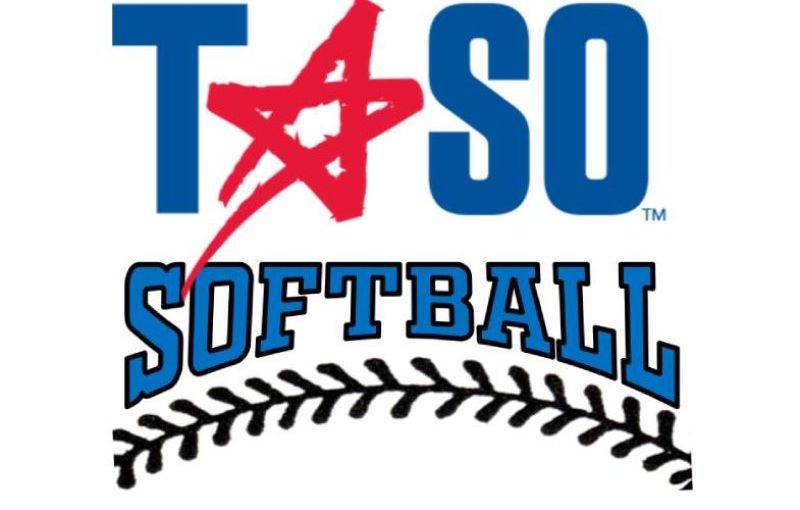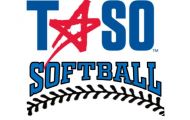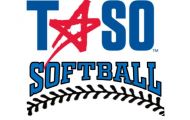
03-17-2025 NFHS SOFTBALL WEEKLY RULE INTERPRETATIONS
March 17, 2025
NFHS Softball Weekly Rule Interpretations
Situation 1A: After Team A’s pitcher has walked two batters in a row their catcher asks for time to go talk with F1. As the umpire is going to inform the catcher they need to return to the plate so play can resume they witness the catcher relaying information to F1 they received from their coach through their one‑way communication device. The umpire ejects the coach for violating the use of the one‑way communication device. RULING: Incorrect ruling. A coach, while in the dugout/bench area, may use an electronic device for one‑way communication to the catcher while their team is on defense. Since the communication was from the dugout to the catcher and while their team was on defense this rule was not violated. However, if the umpire is certain the coach was using F2 as their representative to confer with a defensive player or players and provide strategic adjustments during a time out granted for this purpose, the umpire may charge the coach/team with a defensive conference. (1‑8‑6, 3‑6‑11, 3‑7‑1)
A reminder that umpires should continue to maintain good game flow by not allowing player to player or coach to player meetings to exceed a reasonable amount of time. Several factors contribute to determining this reasonable amount of time and as such, the amount of time allowed is umpire judgement. Managing these meetings should be done in a manner that does not place the umpire in the middle of the conversation but still allows them to control the interruption to the game flow. While performing these duties an umpire should not be overly aggressive in policing the one‑way communications between the coach and catcher but should enforce penalties when violations are observed. It should also be noted there is a difference in relaying simple game instructions in a brief conversation and conferring with players involving strategic discussions or adjustments.
Situation 2: Team A’s on‑deck batter walks to their teams on‑deck circle with a weighted device attached to a bat to use for warm‑up purposes in the on‑deck circle. Team B’s coach objects saying in a) that these types of devices are not allowed to be added to a bat for warm‑up purposes. In b) the device is not allowed since the umpire did not inspect the device to ensure it is securely attached to the bat and will not disengage during use. In both cases the umpire agrees and requires Team A to remove the device and issues a team warning for using illegal equipment. RULING: Incorrect ruling in both situations. Devices added to a bat for warm‑up purposes are allowed if they are commercially manufactured specifically for a softball bat and are securely attached so as not to disengage during use. The head coach is required to verify that their players are legally and properly equipped at the pregame conference, this includes these warm‑up devices. As with all equipment an umpire is still required to govern any issues with equipment that arise during play including inspecting any equipment that is noticed by the umpire to be suspect or has been questioned by an opposing coach. However, the current rules do not require an umpire to inspect any equipment prior to it being used in the game. It is the head coach’s responsibility to ensure all of their team’s equipment is in compliance with the rules at the start of the game. (1‑5‑3, 3‑6‑1, 4‑1‑2d)
2025 NFHS Softball Rule Interpretations March 17Situation 3: With R1 on third base in a) B2 with no outs and b) B4 with two outs, bunts the ball and runs to first base. In both cases the batter‑runner has reached the three‑foot running lane (more than
halfway to first base) but both feet last touched the ground completely outside the lane when the batter‑runner is hit with the throw hindering F4 from taking the throw at first base. R1 was off with the pitch and in both cases has touched home plate prior to the interference. RULING: In both cases when interference occurs the ball is dead, the batter‑runner is out, and all runner(s) must return to the last base touched at the time of the interference. In this case the last base touched by R1 at the time of the interference was home plate. In a) the run would score. In b) since the third out of the inning was made by the batter‑runner before touching first base the run would not score. (2‑31, 2‑60, 8‑2‑6, 9‑1‑1 Exception a)


